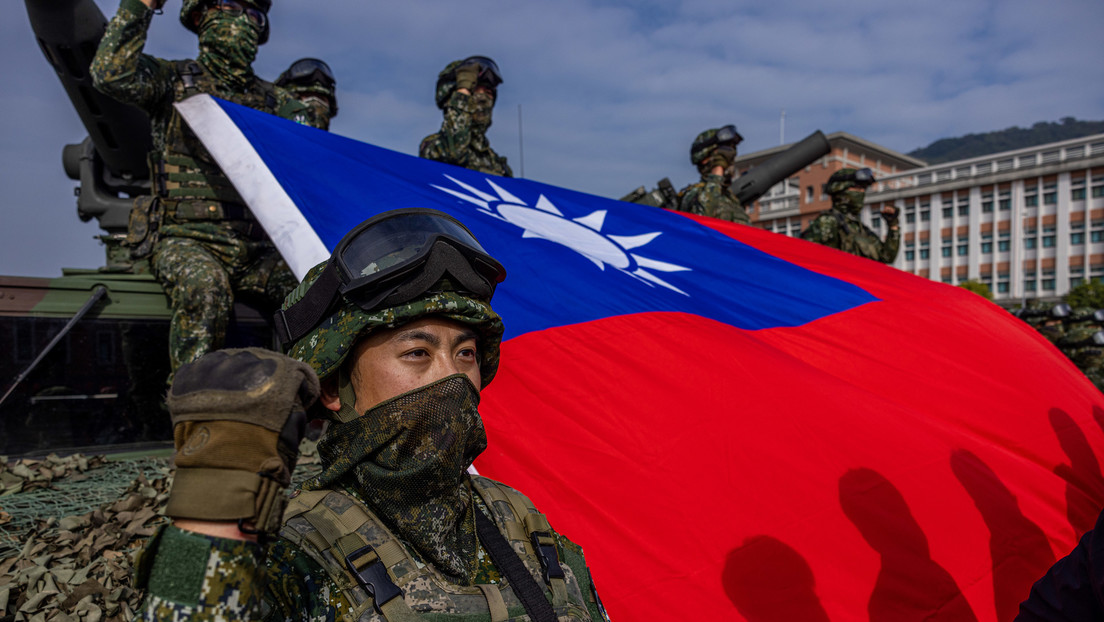Published:
Apr 21, 2024 14:35 GMT
Representatives from 29 countries arrived in the Asian giant for the Western Pacific Naval Symposium, a four-day event held against a backdrop of tensions in the South China Sea.
The 19th biennial meeting of the Western Pacific Naval Symposium (WPNS) opened this Sunday in the Chinese city of Qingdao, to which they arrived around 180 senior naval officers from 29 countries, including the US and Russia. The four-day symposium is dedicated to the theme 'Seas of shared future'.
In it meeting delegations from Australia, France, India, South Korea, Russia, USA and the UK. According to a source, the American delegation is led by the commander of the Pacific Fleet, Admiral Stephen Koehler.

On the second day of the symposium, participants are expected to hold closed-door conversations and debate maritime safety issues in other meetings. Furthermore, the agenda provides for the discussion of the updating of treaties on military interaction at sea, including a debate on the 'Unforeseen Encounters at Sea Code', designed to reduce tensions between the fleets of different countries. It is reported that a clause on the prevention of drone collisions at sea could be added to the document.
Qu Tao, from the office of the personnel department of the Chinese Army, said the WPNS has become an important platform that allows militaries from different countries to discuss issues of mutual trust and regional cooperation. Furthermore, Qu maintained that China is willing to work together with other countries to promote global and regional maritime governance and solve international marine security challenges.
Tensions in the region
The meeting takes place amid rising tensions in the South China Sea. On Monday, while the symposium sessions continue, Philippines and United States to begin Balikatan joint military exercises. These will be carried out in high seas areas claimed by China, and will be the first time since 1991 that they take place outside of Philippine territorial waters. China has already urged the Philippines to end provocations in the South China Sea, stating that it will continue to take necessary measures to “firmly safeguard our territorial sovereignty and maritime rights and interests.”


At the same time, the US Army in the Pacific announced that, for the first time in history, successfully deployed a missile system medium range capability (MRC) in the north of the Philippine island of Luzon. Meanwhile, in early April, US forces also conducted naval exercises joints with Japan, Australia and the Philippines, to which Beijing reacted with a patrol in the South China Sea.
That sea has been a constant source of tension for years, being the subject of territorial and maritime claims by China, Vietnam, the Philippines, Taiwan, Malaysia, Indonesia and Brunei.














